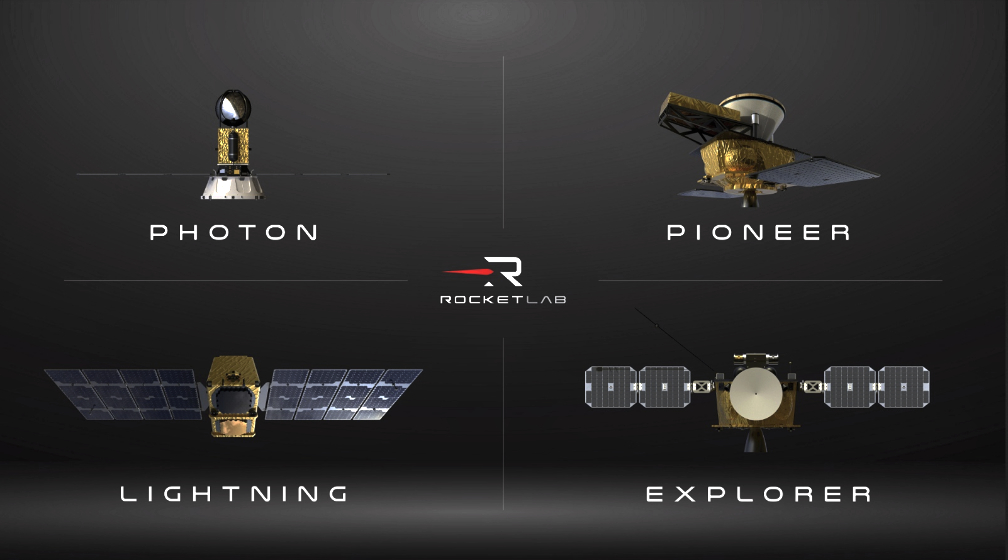
Rocket Lab USA, Inc. (Nasdaq: RKLB) has introduced the company’s family of spacecraft buses, consolidating the custom designs Rocket Lab has developed for multiple customers and missions — the family of spacecraft is the result of more than four years of Rocket Lab’s space systems development capabilities.
The spacecraft share many common components and subsystems, designed and manufactured in-house by Rocket Lab, including carbon composite structures, star trackers, reaction wheels, solar arrays, radios, separation systems, avionics, flight and ground software.
Rocket Lab’s family of spacecraft includes:
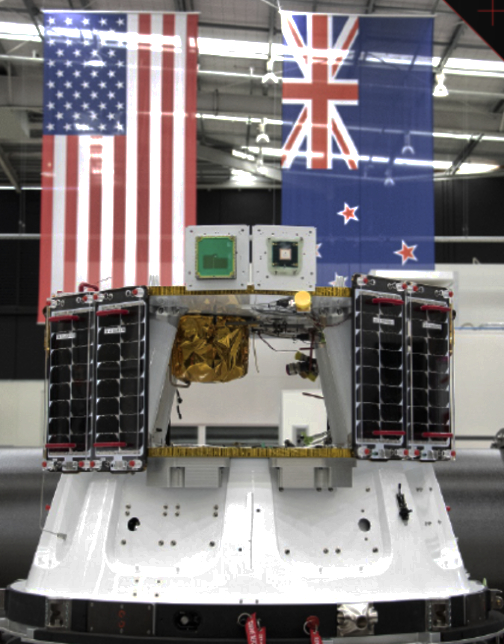
Photon: The original Rocket Lab spacecraft, Photon is the Company’s integrated launch-plus-spacecraft solution. Photon is a modified Electron Kick Stage with power, propulsion, and communications to deliver a capable LEO platform that serves civil, defense and commercial customers across a range of missions. With a mass of 200-300 kg, Photon is launched on Electron for responsive space and other challenging missions like cryogenic fuel demonstration, taking advantage of precision orbit insertion, launch on demand, and the lowest launch environments in industry.
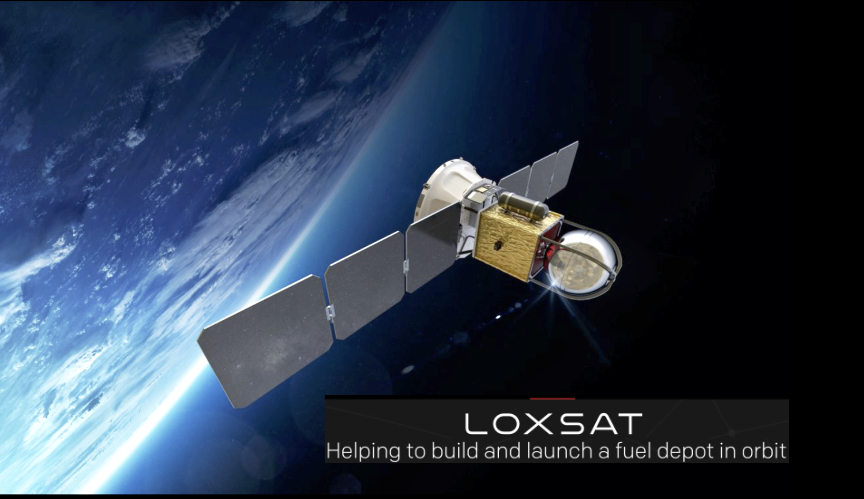
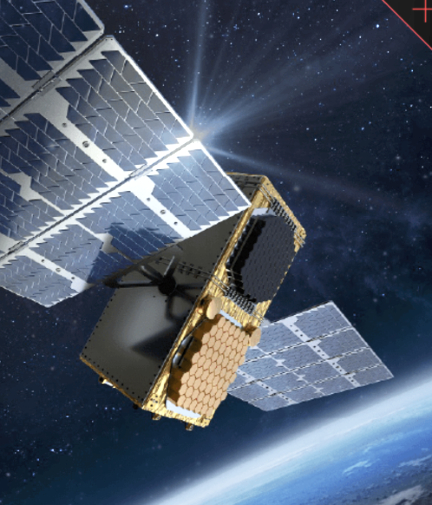
Lightning: Rocket Lab’s newest spacecraft bus is designed for a 12+ year orbital lifespan in LEO, delivers high power and high radiation tolerance, incorporating redundancy in critical subsystems. This ~3 kW bus is ideal for high operational duty cycle telecommunications and remote sensing applications. Lightning can be launched on Neutron and other medium and heavy launch vehicles. Lightning is based on the same design as the custom spacecraft Rocket Lab developed for MDA and Globalstar and is the basis for the Company’s bus for the Space Development Agency.
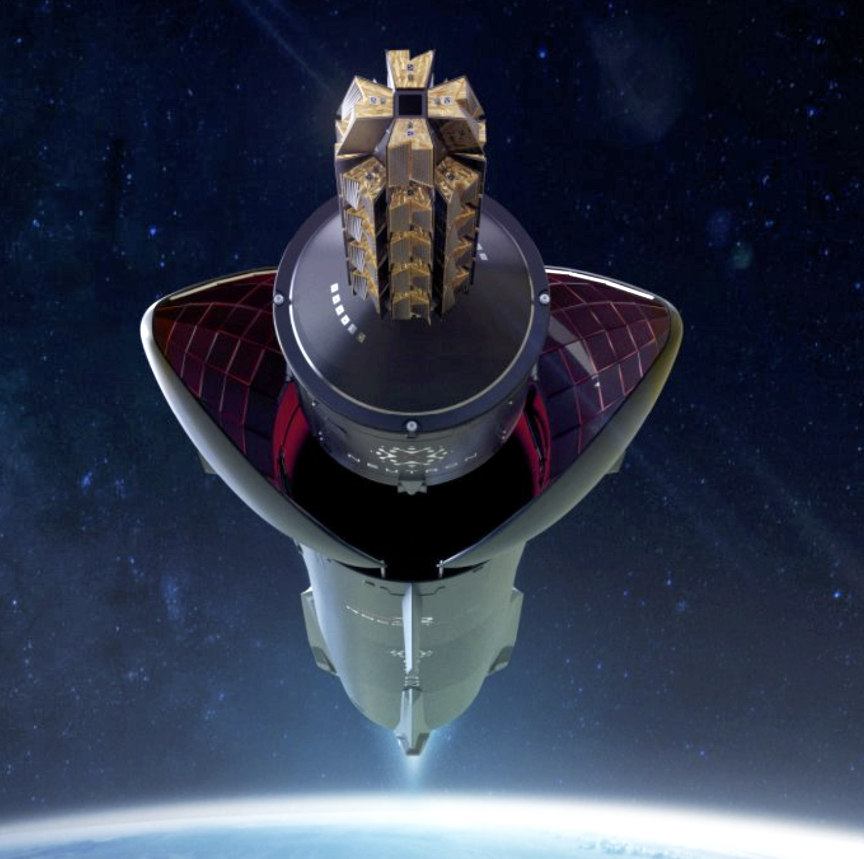

Pioneer: A highly configurable medium delta-V platform designed to support payloads up to 120 kg and unique mission profiles, including re-entry missions for Varda Space Industries, and dynamic space operations. Depending on the mission profile, Pioneer can be launched on Electron, Neutron or other launch vehicles.

Explorer: A high delta-V spacecraft with large propellant tanks, deep space capable avionics, and ranging transponders. Explorer enables small spacecraft missions to planetary destinations like Mars and Venus, the Moon, highly eccentric Earth orbits, GEO, Earth-moon Lagrange points, Earth-sun Lagrange points, and near Earth objects (NEOs). Depending on the mission profile, Explorer can be launched on Electron, Neutron or other launch vehicles. Explorer gained flight heritage during the CAPSTONE mission to the Moon for NASA and forms the basis of the twin spacecraft Rocket Lab is developing for the ESCAPADE mission to Mars for NASA and the University of California, Berkeley.
Each member of Rocket Lab’s spacecraft family is currently in production in a range of quantities for different customers, with more than 40 satellites currently in backlog. To support the rapid production of our family of spacecraft, Rocket Lab has established an advanced spacecraft development and manufacturing complex at the Company’s Long Beach headquarters. The facility includes more than 10,000 sq. ft. of cleanroom and 40,000 sq. ft. of additional production and test facilities designed to support constellation class manufacturing and satellite assembly, integration and test for commercial, civil and national security customers.
“We’ve had the privilege of developing, launching, and operating spacecraft for a broad range of customers and they’ve all told us the same thing: They need reliable and highly capable spacecraft built quickly and affordably. Photon was the start, but the Rocket Lab spacecraft family has grown,” said Rocket Lab founder and CEO Peter Beck. “We’ve developed a configurable spacecraft line that delivers high performance at scale, supported by an experienced team, technical maturity, a vertically-integrated supply chain, and advanced manufacturing, test and operations facilities. We’ve designed these spacecraft through close collaboration with our customers to support real missions at constellation scale. The hard development work is done, and now these spacecraft are available as off-the-shelf products, or they can be further customized to meet specific mission requirements.”
“Through vertical integration, we’re able to deliver spacecraft quickly, affordably and reliably using flight-proven components”, said Rocket Lab Vice President Space Systems, Brad Clevenger. “We’ve struck the right balance between commonality to deliver cost-effective, rapid production and ensuring our spacecraft are configurable to suit unique and specific mission profiles.”
